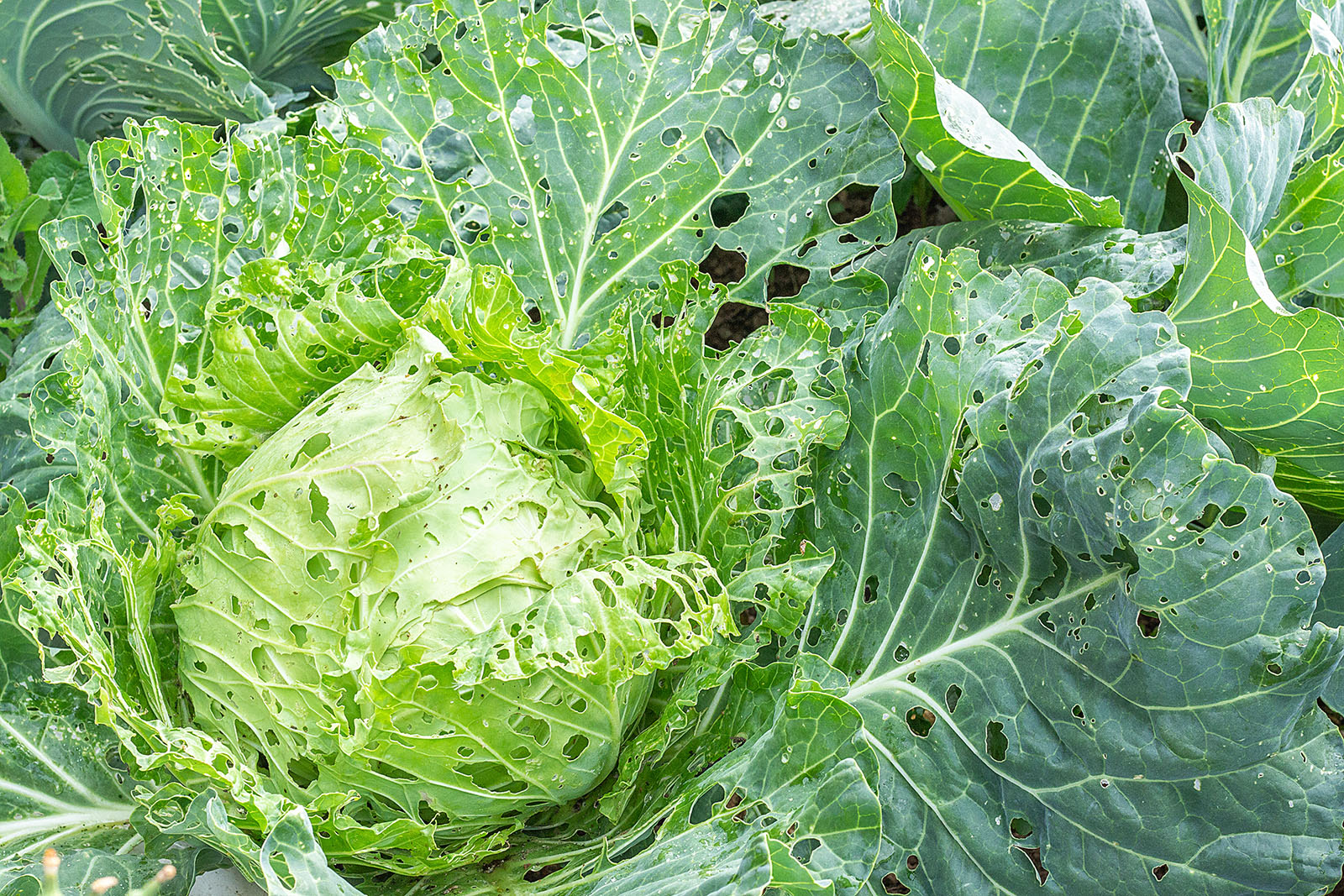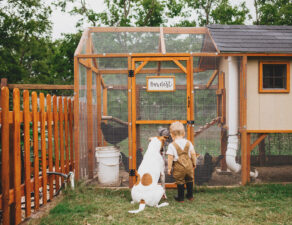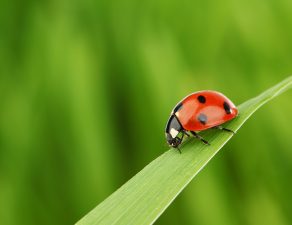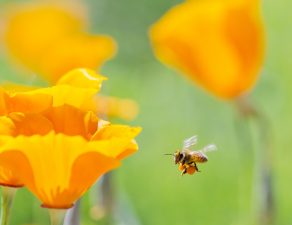
After working so hard on your garden all summer, you’re looking forward to delicious homegrown veggies at the dinner table. The last thing you want to discover is that some critters beat you to it! If something has been nibbling in your garden, use this brief guide to determine what you’re dealing with.
Aphids are tiny, pear-shaped insects that prefer to suck the juices of plants like lettuce, kale, cabbage, and tomatoes. The loss of fluid causes distorted deformed growth. You might also spot large groups of these insects on the undersides of leaves. To deal with aphids, pick them off and crush them by hand, take steps to attract beneficial insects like ladybugs, or apply neem oil or insecticidal soap to your plants.
Snails and slugs leave irregular holes in leaves. You might not spot them during the day, because they prefer to feed at night or in the rain. Copper rings around plants can repel them, or you might prefer to simply pick them off your plants. Encourage birds, toads, frogs, and snakes in the garden as natural predators. Beer traps work, too.
Caterpillars should be suspected when you discover ragged holes in foliage. Plus, you can probably see them! One of the easiest ways to control caterpillar damage is to simply pick them off and drop them into a bucket of soapy water. Of course, that method is also time consuming. Insect barrier fabrics are another organic option. If you want to get serious and don’t mind chemicals, many common garden pesticides will work well on caterpillars.
Earwigs aren’t often discovered during the day, because they’re nocturnal. But since they prefer damp and dark hiding places, you might be hosting earwigs within mulch piles, compost heaps, or wood piles without knowing it. Ragged holes on the edges of leaves and petals are a common sign of earwigs. Since earwigs can’t travel very far from home, simply adding barriers to your garden might do the trick. You can also “trap” them by leaving wet rolls of newspaper near the garden overnight and then removing them in the morning.
Gophers and rabbits might burrow under your fence to access your garden. That will be the first sign you notice, along with heavily munched-upon veggies. Pouring a solution of one part ammonia, two parts water into gopher tunnels can discourage them. For rabbits, deterrents like talcum powder, dried red pepper flakes, garlic powder, human, dog, or cat hair can do the trick. And of course, strengthening your barriers will often help quite a bit.
Moles and voles make raised tunnels that you can feel collapse under foot when walking in your garden. A good cat makes a great deterrent! You can even place some used cat litter into the tunnels to scare off these pesky rodents. And if you don’t mind them, snakes love to feed on moles and voles, so don’t remove them from your garden. Planting garlic around your garden can also discourage underground tunnelers.








